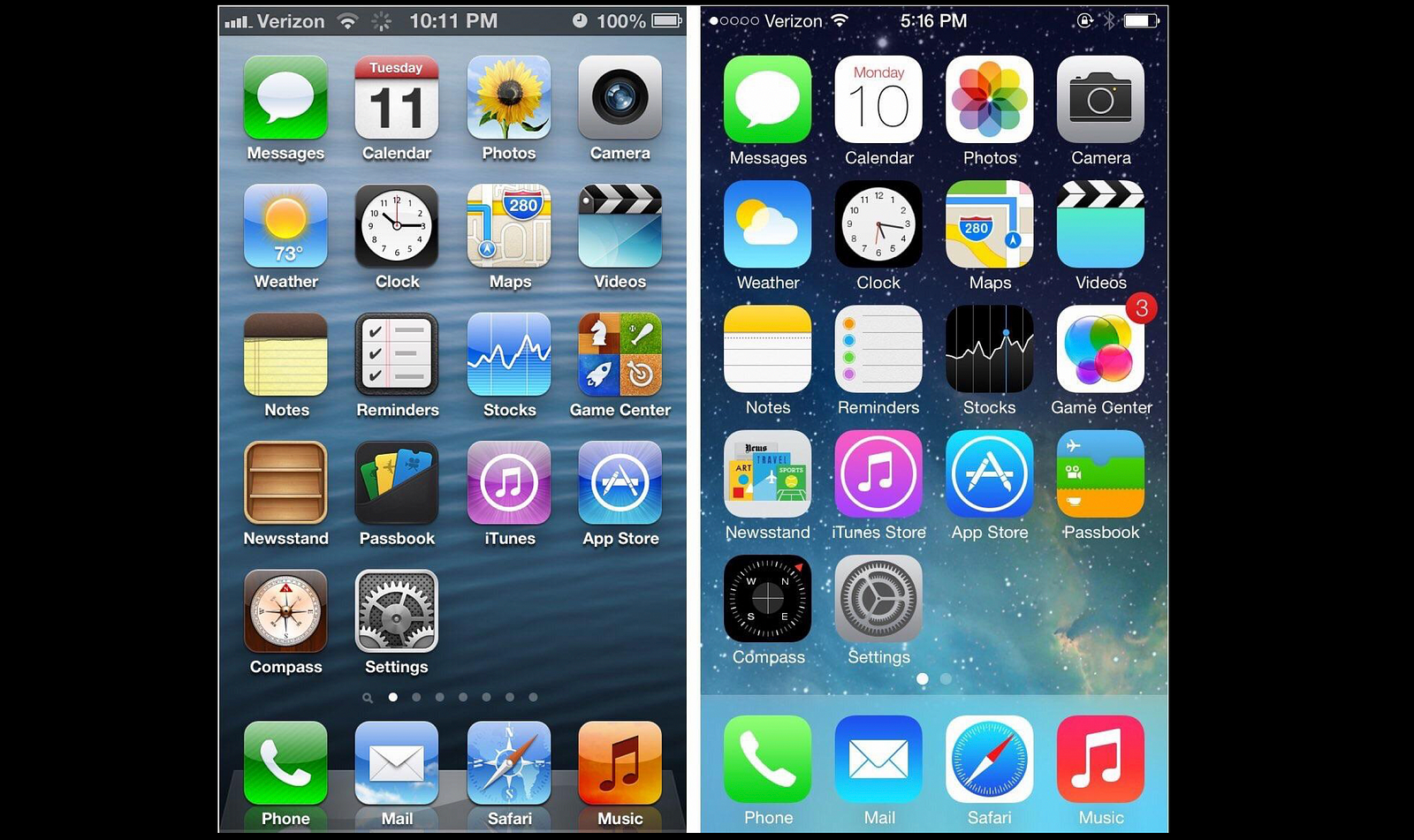Mental Models in Product Design

When people start using your product, they have certain expectations for how the product should function, for example, where specific controls are located in an interface or what steps they should take to accomplish their goal. These expectations are known as a mental model.
In this article, we will discuss why designers should always consider mental models when creating a product.
What is a mental model
A mental model is what a user believes about a product. This model is constructed primarily on the person’s past experiences.
Why product creators should consider mental models
We must consider the mental model when designing a product because it impacts people’s decisions. When a mismatch between actual and expected behavior occurs, it can be hard for people to understand what to do.
What we call “User error” typically happens due to a mismatch between expected and real system behavior. Even when people can recover from the problem, unpredictable system behavior will make them feel bad. During the usability testing, you can sometimes hear test participants say, “I feel stupid.” That’s because people believe that when they click a specific button, they will have a particular result and be surprised to see something different.
If you design a product and people who will use it don’t understand how to use it, it’s not their fault. It is a bad design.
How to apply mental models to product design
There are a few ways you can apply mental models to product design.
Jakob’s law
Jakob’s law was coined by Jakob Nielsen, and it states that users spend most of their time on other sites. They prefer your site to work the same way as all the other sites they already know.

In other words, people learn conventions. Based on what people experience in their life, they expect things to work in certain ways. You cannot change the conventions because people have a set of expectations, and they won’t suddenly change it.
Interface metaphors
It’s possible to apply metal models by using interface metaphors. In user interface design, an interface metaphor is a set of user interface visuals, actions, and procedures that exploit specific knowledge that users already have of other domains. The purpose of the interface metaphor is to give the user knowledge about how to interact with the user interface.
When you create something new, always try to base it on something familiar to your users.
Below you can see the original Apple Books and Calculator apps for iOS. The reason why these apps use a lot of visual attributes of real psychical products is that it makes the experience familiar to users. People take analogs from the real world and transfer them to the digital world. A human brain connects what they see in UI and their past experience. When first-time users saw the Apple Books, they thought, “Okay, this looks like a physical bookshelf, so I should probably take the book. “

A mental model can evolve over time. Once a user learns a new paradigm, they are ready to accept gradual changes. Apple moved to flat design in IOS version 7 because people already knew how to interact with touch-screen interfaces and no longer needed any additional visual attributes such as wood.

Mental model and innovative design
But what if you want to reinvent the wheel? Why should you stick with something just because it was always done that way?
Innovation is always a risk. Sometimes we need to create an entirely new paradigm, but in this case, we need to ensure that people can learn how to use our system really fast and they have a strong motivation for that. Below you can see a chart with two axis — user value and learning curve. A learning curve is a time it takes to learn a new thing.
You should strive for a low learning curve and high user value.

Original Apple iPhone revolutionised the mobile phone market because people were motivated to switch to this device because it gave them more value.
Mental models should be rooted in user research
The best way to know your users’ expectations about your product is to talk to the people who use your product. Understanding who you are designing for is integral. Conduct research and find out what the user mental model is to design a product that matches expectations.